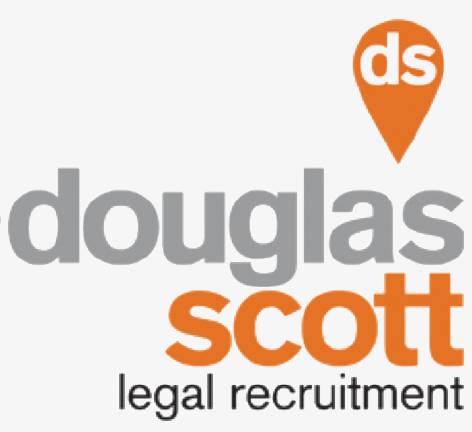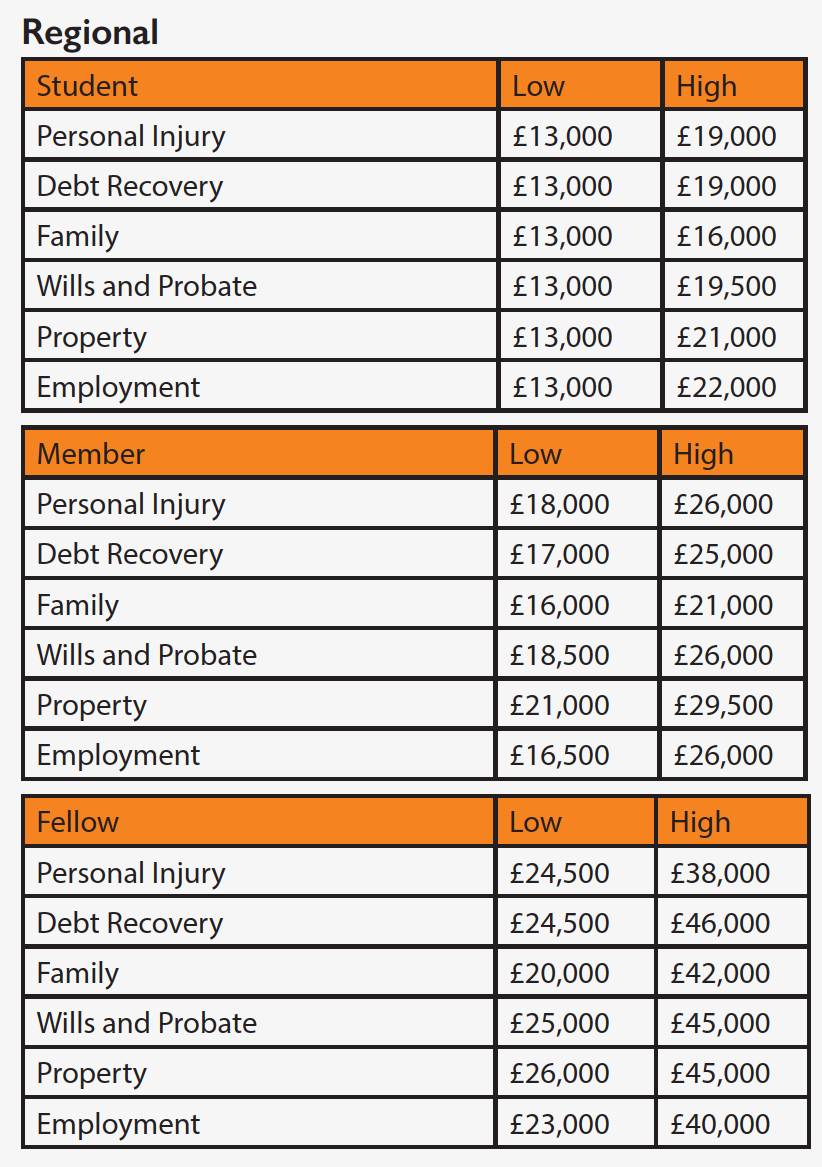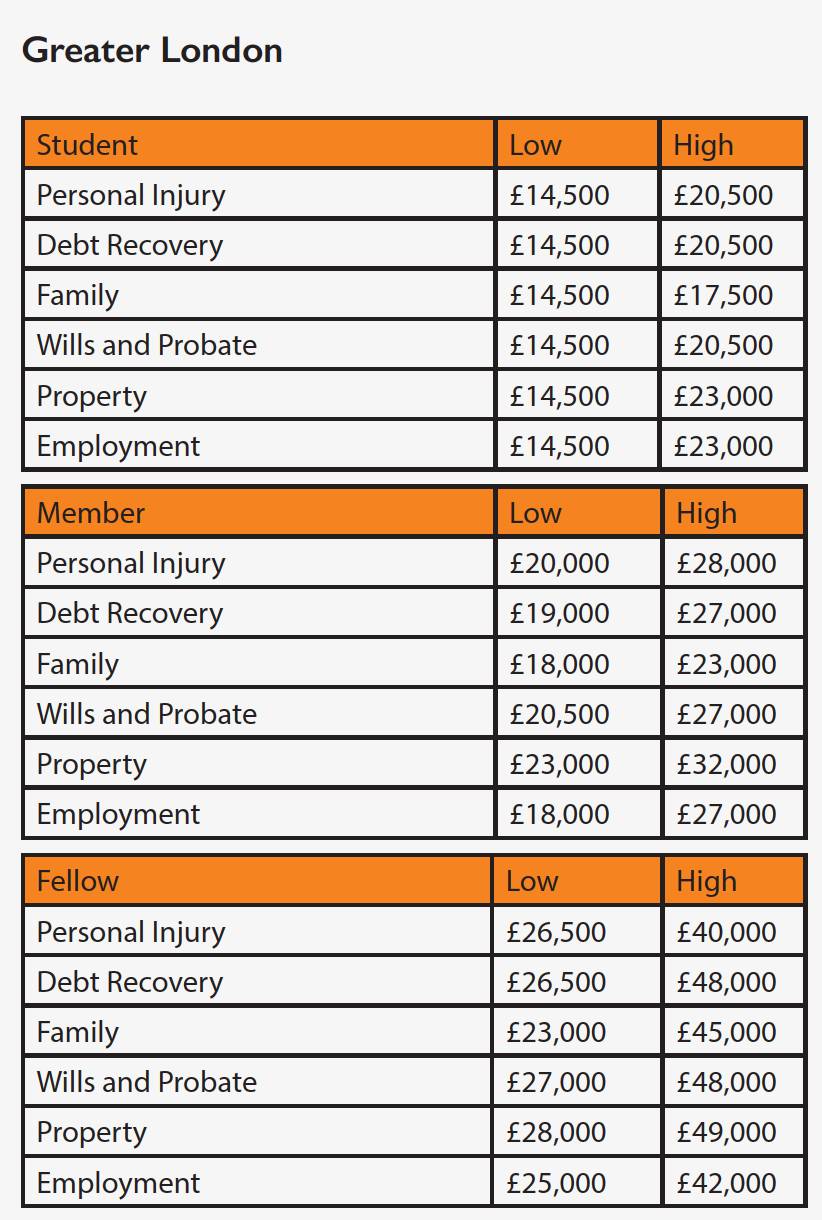Salary guidelines
Jonathan Nolan of Douglas Scott, reports on the legal recruitment market during 2015 and into 2016

You have got to feel for George Osbourne Part One. Perhaps it was difficult to make out exactly what the insurance guy was saying as the music pumped out from the private members’ nightclub located in the basement of the House of Commons. But eye contact was maintained throughout and that was one hell of a firm handshake so there was really no reason to doubt the efficacy of the proposal. So in November 2015 when George pledged to increase the small claims limit for personal injury claims to £5,000 and scrap general damages for minor soft tissue injuries he also declared that he expected the industry to pass on the saving and envisaged an average saving of £40 - £50 per year off car insurance bills. Earlier this year the AA predicted the cost of car insurance policies could rise by up to 25% in 2016, following on from the 20% rises that were posted in 2015. Ergo those insurance discounts George referred to have absolutely no chance of ever manifesting themselves.
Well no thanks to George the UK legal sector grew at 8% in 2015 and is worth almost £26bn to the economy. There has never been as many people employed in the legal business as there is now. Commentators appear confident that it will be more of the same in 2016 but it’s worth remembering we will be another 12 months down the road towards full liberalisation of the legal services market, so big business rules apply. The government is still demonstrating an appetite for bashing the legal profession, so on top of the rise in the small claims limit the legal services market is also going to be subject to a competition review. Someone, somewhere had their parking space pinched by a lawyer.
Personal injury It’s no surprise Personal Injury saw further consolidation in 2015 and a number of redundancies in the first half of 2016. The good news is that if you are in PI, it is still a career option; in both claimant and defendant environments. RTA, EL and PL lawyers are moving and 63% secured a pay rise with their new employer. RTA remains the most incentivised specialism with 70% of fee earners receiving a bonus in the last 12 months compared to 26% across all practice areas. Demand for lawyers with Industrial Disease or Medical Negligence experience is pushing salaries up. 77% of Industrial Disease lawyers and 90% of Clinical Negligence specialists received a pay rise when they changed jobs. Employers are doing less to retain RTA lawyers with only 40% receiving a pay rise from their current employer in the last 12 months compared to an average two thirds across all practice areas. 75% of EL/PL fee earners, 87% of ID lawyers and 100% of Clinical Negligence specialists received an increase in salary. 12% of PI lawyers who moved jobs cited working conditions as the main reason they changed employers compared to an average 7%.
Debt recovery 77% of Debt Recovery lawyers received a pay rise in their current role in the last 12 months which is 11 points above the average across all practice areas. Debt recovery lawyers have also benefitted from the general downward trend in the number of hours that legal professionals spend at work, with the debt recovery working week dropping from 45.5 hours in 2015 to 42 hours in 2016. 35% of the Debt Recovery talent pool is looking to change jobs at any one time which is pretty much average liquidity. 38% of Debt Recovery fee earners believe they are being paid below market value which is 3 points below the average. Across practice areas the percentage of legal professionals who believed they were being paid under market rate fell from 48% in 2015 to 41% in 2016. So all in all Debt Recovery is a better place to be than last year; wages are up and people are settled. 2016 threats include the economy; commentators have expressed concerns about the post- recession high numbers of CCJ’s that were issued by the County Courts in 2015. New pre-action protocol for debt claims may also impact.
Property You have got to feel for George Osbourne part 2. From April 1 2016, anyone purchasing an additional property had to pay an extra 3 per cent stamp duty. An element of George’s reasoning was to take some heat out of the property market and make it easier for first time buyers to get on the ladder. However, private rental market conditions remain favourable for hedge funds, institutional and foreign investors. To such an extent an exceptionally high number of rental apartments are being built across the country and according to research last year an estimated 30,000 private rental units were granted planning permission. In Manchester city centre pretty much every new residential development being built is for the private rented sector which of course pushes the price of ownership up. In 2015 45% of Property Lawyers felt they were being paid below the market rate, in 2016 this had dropped to 35%. The average salary increase legal professionals are securing when they move jobs is 30%. Residential and Commercial Property Lawyers secured an average 35%. Property Lawyers also managed to shave off 1.5 hours from the working week meaning on average they are spending 40.5 hours in the office . Property Law is one of the least fluid talent pools with only 26% of the talent pool looking to move jobs at any one time which is 6 points below the average.
Employment As expected the introduction of tribunal fees has had a significant impact on the number of employment law claims being brought, as a consequence there is less contentious work floating about. Employment Lawyers are still resolving disputes but through negotiation and mediation. Record high employment rates of close to 75% are keeping the sector busy and demand for employment specialists remains high in private practice and in-house environments. 29% of those Employment Lawyers who changed jobs cited progression as the main reason for doing so as opposed to 24% across all practice areas. 17% moved for job security reasons which was 5 points above the average. 68% are happy in their current role compared to an average 61% of all legal professionals and only 19% are looking to change jobs at any one time which makes it one of the least fluid talent pools out of all practice areas. 79% of Employment Lawyers aspire to business leadership but only 32% believe they will achieve that at their current firm. 47% of those Employment Lawyers who did not aspire to partnership or a business leader role cited work/ life balance as the main reason which was 25 points above the average. Meaning there is a perception that getting to the top in Employment Law is going to require a lot of sacrifices.
Private client Again a consistent and steady market from a recruiter’s perspective. Family has re-energised and with the scope of taxation broadened more and more of the population are concerned about wealth preservation for the next generation. The upcoming legal battles that will spin out from Prince’s untimely but ultimately intestate death could be an opportunity for Wills and Probate lawyers to reach out to their communities. 80% of the Private Client lawyers we surveyed in our 2016 Salary and Benefits Benchmarker were female compared to the 62% across all practice areas. 71% of Private Practice lawyers live in the suburbs as opposed to 58% of all legal professionals; not surprising then that 62% of all Private Practice lawyers commute by car which makes them one of the least environmentally friendly specialisms. A touch above average 75% received a pay rise when they last changed jobs and 28% of the talent pool is on the lookout for a new role at any one time which is below average liquidity. 65% have partner or business leadership aspirations and 37% believe they will attain this with their current employer which is 9% above the average.


